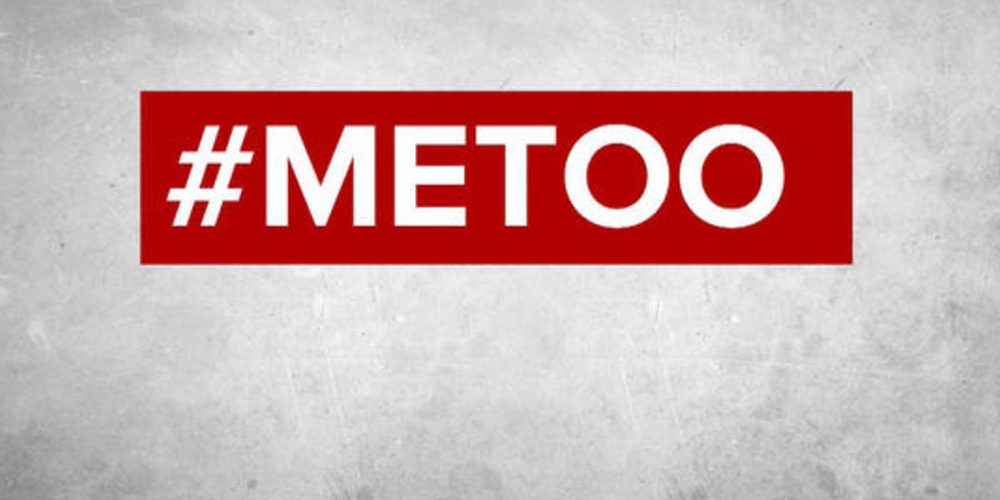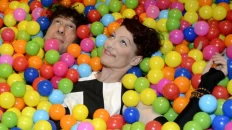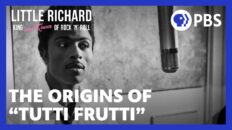“Art is the outward expression of an inner life in the artist, and this inner life will result in his personal vision of the world.” ― Edward Hopper
***
Horace & Pete was one of my favorite (non-)TV series of the last few years, and I even wrote about the first half of the season, saying, “Louis C.K. is creating the most important season of television that isn’t on TV today.” And I stand by that assessment, which makes the news earlier this month about C.K.’s sexual misconduct so disappointing and disheartening—and me less likely to recommend it going forward. But C.K. is far from the only artist or media personality rocked by such accusations in recent months and weeks. After the #MeToo hashtag went viral on social media as women shared stories of abuse following the news of Hollywood producer Harvey Weinstein’s sexual assault and harassment, the floodgates seemingly swung wide open as allegations began to be made against others.
Kevin Spacey, Louis C.K., James Toback, Dustin Hoffman, John Lasseter, Charlie Rose, Brett Ratner, Al Franken, and more than a dozen others have all been accused of sexual misconduct or worse ranging from groping to rape. And for many, questions about these men’s work and art have come to the forefront of discussing how we, as individuals and society, ought to engage with it. Can an artist, a writer, a producer, be separated from their art? Or is their work forever tarnished by their personal lives and their behavior towards others?
These are not new questions. Indeed, they have been discussed in depth and at length for decades, centuries and more. At The Paris Review, author Claire Dederer takes a long look at how her consumption of work from Woody Allen, Bill Cosby, Roman Polanski, and others has changed in relation to this discussion:
They did or said something awful, and made something great. The awful thing disrupts the great work; we can’t watch or listen to or read the great work without remembering the awful thing. Flooded with knowledge of the maker’s monstrousness, we turn away, overcome by disgust. Or…we don’t. We continue watching, separating or trying to separate the artist from the art. Either way: disruption. They are monster geniuses, and I don’t know what to do about them.
Growing up and throughout my life, reading film and art criticism, and engaging with critics and fans of art, this was a question that came up regularly. The argument for separating the art from the artist usually boils down to some form of what author Jay Parini wrote in the New York Times:
Can one really separate the art from the man or woman who creates that art? The answer is yes, definitely.
There are many examples in history—too many—of great artists who were terribly flawed human beings, behaving very badly and hurting those around them. If anything, audiences easily make this distinction. Nobody looks at a Picasso painting in a museum and says, ‘I should not take this work seriously because Picasso cheated on his many wives and was abusive to his son.’
Being an artist has absolutely nothing—nothing—to do with one’s personal behavior. Wonderful human beings can be dreadful poets, painters, filmmakers, musicians. They usually are. The reverse is equally true: hideous people can make great art.
But another way to view the argument recognizes that people are not creatures inhabiting wholly separated compartments of their lives. A person is who a person is in their personal life, at work, at play, at rest. Their ways of looking at the world, habits, and desires are often conveyed literally or metaphorically in some way in all that they do. And it is well known that many artists draw on inspiration for their work from their personal lives and experiences. “Write what you know,” is advice often given to aspiring writers. And artists are often encouraged to exorcise their demons through their work, whether that be in the visual arts, writing, songcraft or filmmaking. Memoirs, biographies and documentaries—filmed and written—are often about some form of confession.
But confession is not enough. It may serve to act as an inspiration for audience members to recognize unhealthy behavior in their own lives, but it may also act as a type of fetish for viewers who recognize it but have no present desire to adjust their thinking or action. Or it may be ignored and disregarded entirely.
I think we can answer the question of whether we ought to separate the artist from the art by doing both. By viewing the art and the artist as elements in motion—the art bearing witness to the artist’s life at a certain point in time, and the artist as in a process of becoming (becoming what is the real question). If the artist has been monstrous in some way, are they working to overcome that part of themselves? Are they living and acting and creating humbly in repentance, or are they continuing in their behavior and denying it to those they have traumatized, the audience, and maybe even to themselves? We might think about the quote, “The arc of the moral universe is long, but it bends towards justice,” (often attributed to Dr. Martin Luther King, but he was in fact himself quoting Theodore Parker, a 19th century abolitionist and minister) and apply it in how we judge an artist and their work. Do their lives and art bend toward justice and redemption—even if that means accepting the consequences of their actions and possibly not being able to produce any work for a period, or ever again?
But where does that leave the audience? Is there a definitive right or wrong answer for what the audience should do with an artist’s work once they become aware of the artist’s wrongdoing? Dederer suggests first taking a look at oneself:
Even in the midst of my righteous indignation when I bitch about Woody and Soon-Yi, I know that, on some level, I’m not an entirely upstanding citizen myself. Sure, I’m attuned to my children and thoughtful with my friends; I keep a cozy house, listen to my husband, and am reasonably kind to my parents. In everyday deed and thought, I’m a decent-enough human. But I’m something else as well, something vaguely resembling a, well, monster. The Victorians understood this feeling; it’s why they gave us the stark bifurcations of Dorian Gray, of Jekyll and Hyde. I suppose this is the human condition, this sneaking suspicion of our own badness. It lies at the heart of our fascination with people who do awful things. Something in us—in me—chimes to that awfulness, recognizes it in myself, is horrified by that recognition, and then thrills to the drama of loudly denouncing the monster in question.
That’s a great place to start, but I don’t think we can end there. It’s not reasonable to lay the entire burden of the awareness and forgiveness of another’s wrongdoing on the fact that you are aware of your own monstrousness. Nor is it reasonable to insist that all an artist’s work is devoid of value or that the work must entirely be separated from the artist’s personal life and actions. I think it is perfectly reasonable to expect some to no longer be able to stomach certain works of art, while others may still be able to watch and glean something of value from it. Even if only a type of meta-morality tale. Art is a two-way street, an ongoing, ever-evolving dance between artist and audience. And the story an artist leaves with their life will affect how members of the audience view the stories they created in their art.
***
To get a female perspective on this conversation, I asked Rise Up Daily contributor Rubi Trio a few questions:
Darryl A. Armstrong: In the wake of so many actors, comedians, writers, directors, producers being accused of sexual misconduct, does knowing these accusations exist (some have been admitted to and some denied at the point of publication) affect how you view their art?
Rubi Trio: It makes me not want to support their movies, TV shows, etc. At least any future work. The past work is the past, and I cannot change how I feel about that. I also check sites and articles from sources and I don’t just believe everything that is posted online.
Darryl: Do you think the #MeToo hashtag movement will bring about significant change in Hollywood in the treatment of women?
Rubi: Yes and no. I think it is temporary and will not fully change until there is a cultural mind shift. Some people in power will wield it to get what they want. This goes for both men and women. Right now people in power will be very careful to not get caught in fear of getting blacklisted. But their behaviors in general have not and won’t stop.
Darryl: Artists throughout history have acted terribly and treated others terribly. Some have been racist. Some misogynist. Some violent, does sexual misconduct stand out in some way? And if so, why?
Rubi: Yes, it stands out, but not as much as it should. We live in a power culture. People throughout history have used their power to wield over others for good and for bad. They have used their power to cover up, discredit, blacklist, and even kill those who try and oppose or out them. People tend to overlook things until people come forward and they hear and see the evidence.
Darryl: Do you think an artist who has acted terribly can continue to create meaningful art after a period of contrition, acceptance of the consequences of their actions, and commitment to future accountability to those around them?
Rubi: I think it depends on their actions. Example: Senator Al Franken- very minor offenses and he apologized. Then there are Senator Roy Moore, Harvey Weinstein, Kevin Spacey, and even Louis C.K., those actions are reprehensible. I think their actions will bar them from doing anything in the future due to fear of abuse and litigation, but it won’t change how you feel about their prior work. I can’t unlike The Usual Suspects. I’m just disappointed Spacey did what he did.
***
“You must kill all your darlings,” wrote author William Faulkner. Our darlings come in various forms—sometimes they are artists who have created works that have touched us in some way, and sometimes they are ourselves—but they will all disappoint us if we make the mistake of thinking they are flawless or pure. And we must not expect them to be beyond consequences, whatever those may be, nor without hope for redemption. As Washington Post editor Elizabeth Bruenig writes, “They are accountable for what they have done. But they are, for the most part, not beyond repair.”








